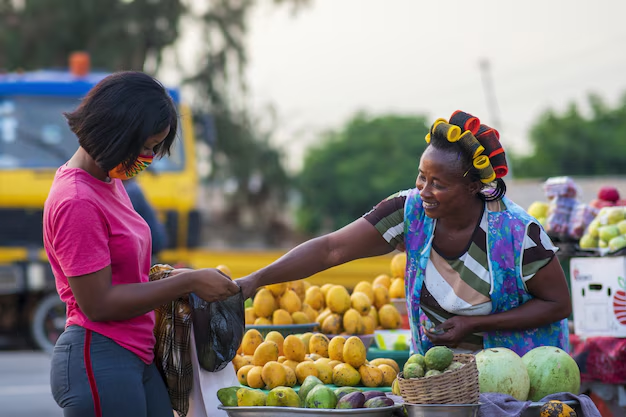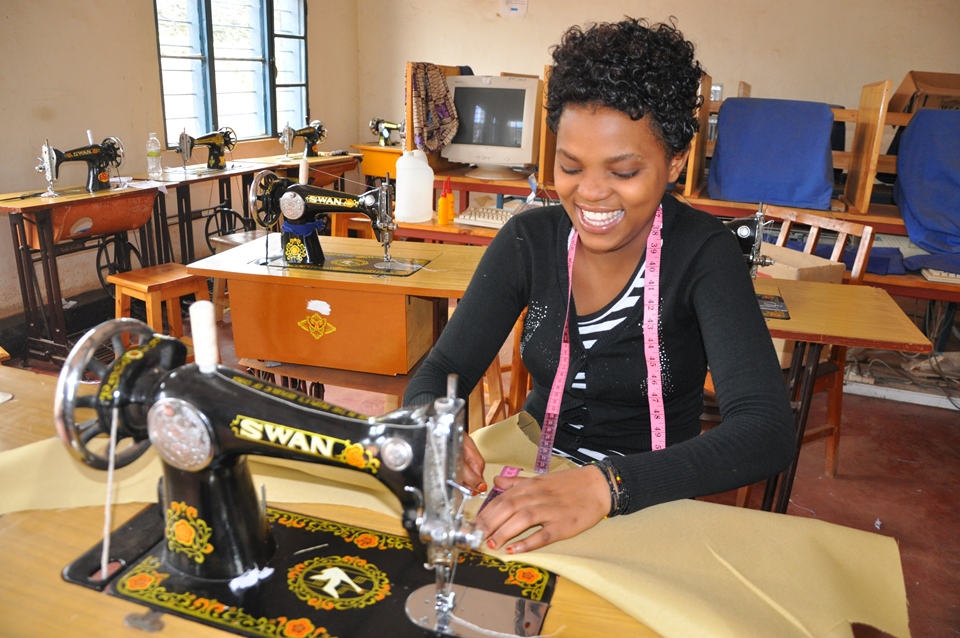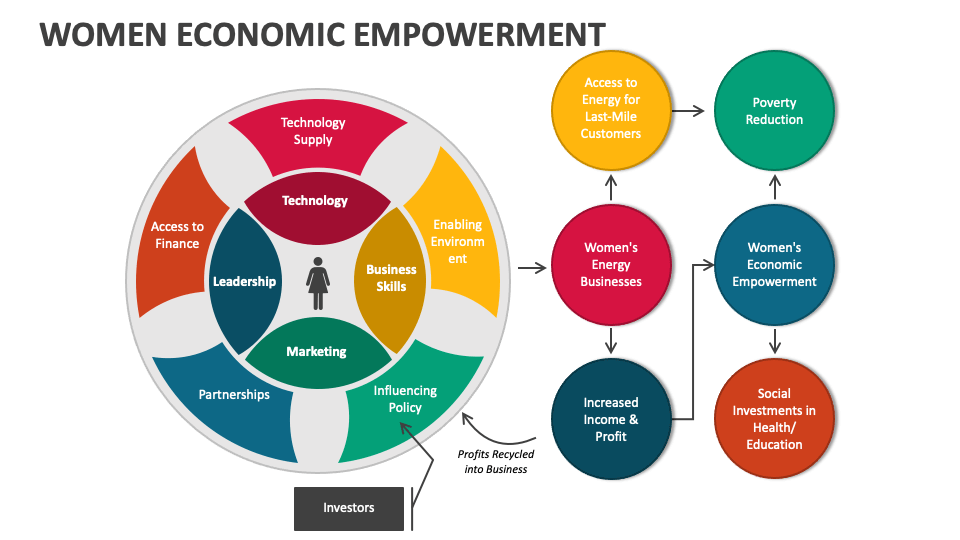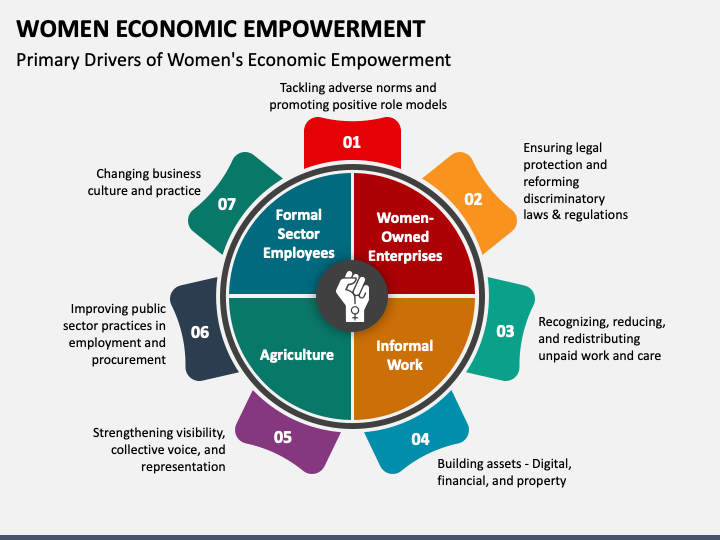Women economic empowerment “Tuvve Mubwavu Ffenna“ in Central Uganda, Mubende, Kasanda, Luwero and Kiboga 2022-2027

📌 Project Title:
Women Economic Empowerment for Inclusive and Sustainable Livelihoods
🎯 Overall Goal:
To strengthen the economic resilience and independence of women through access to skills, finance, markets, and leadership opportunities—enabling them to thrive, support their families, and contribute to community development.
🔑 Core Program Activities:
1. Skills Development and Vocational Training
- Conduct market assessments to identify high-demand and culturally appropriate trades for women.
- Provide vocational skills training in areas such as:
- Tailoring and garment making
- Agro-processing and value addition
- Hairdressing, crafts, and catering
- ICT, digital marketing, and financial literacy
- Partner with local technical institutions for certification and mentorship.

2. Financial Inclusion and Access to Capital
- Train women in basic financial literacy, saving culture, and responsible borrowing.
- Establish or strengthen Village Savings and Loan Associations (VSLAs) or women-led cooperatives.
- Facilitate access to start-up grants or low-interest loans to support small businesses.
- Partner with microfinance institutions to provide women-friendly financial products.
3. Enterprise Development and Market Linkages
- Support women to start, strengthen, or scale up micro- and small enterprises.
- Offer training in business planning, customer care, pricing, branding, and record-keeping.
- Create market linkages for women producers with traders, online platforms, and cooperatives.
- Organize exhibitions, trade fairs, and product showcases to promote their goods and services.
4. Access to Productive Assets and Technology
- Provide women with start-up kits, equipment, or productive inputs (e.g., sewing machines, grinders, smartphones, irrigation tools).
- Promote the use of climate-smart and time-saving technologies in agriculture and small-scale production.
5. Leadership, Advocacy, and Rights Awareness
- Build the leadership and negotiation capacity of women to engage in household, community, and policy decision-making.
- Conduct sessions on women’s rights, land rights, GBV prevention, and legal protection in collaboration with legal aid partners.
- Encourage male engagement to foster supportive environments for women’s empowerment.
6. Mentorship and Role Modeling
- Pair women entrepreneurs with successful mentors from their sector or region.
- Create peer support networks and community learning hubs to encourage collaboration and resilience.
7. Monitoring, Evaluation, and Learning (MEL)
- Track progress on indicators such as:
- Increased income and savings
- Improved decision-making power
- Number of businesses started or scaled
- Use participatory feedback tools (e.g., storytelling, community scorecards) to capture qualitative changes in women’s lives.

👩🏽🌾 Target Beneficiaries:
- Vulnerable women (widows, single mothers, rural poor)
- Adolescent girls and young women (AGYW)
- Women in refugee or conflict-affected communities
- Women with disabilities and marginalized ethnic groups
📈 Expected Outcomes:
- Increased household income and financial independence for women
- Strengthened entrepreneurial capacity and sustainable livelihoods
- Improved agency, self-esteem, and voice in community and household decisions
- Reduced gender inequality in access to resources and opportunities
